IP Address: Navigating the Backbone of the Internet
 Grace Edwin
Grace Edwin
In today's hyper-connected world, understanding the fundamentals of networking is crucial. At the heart of this digital landscape lies a critical concept: IP addresses. These numerical labels are the unsung heroes that allow devices to communicate seamlessly over the internet. This article will delve into the intricacies of IP addresses, shedding light on their significance and how they shape the global network.
I. The Foundation: IP Addresses
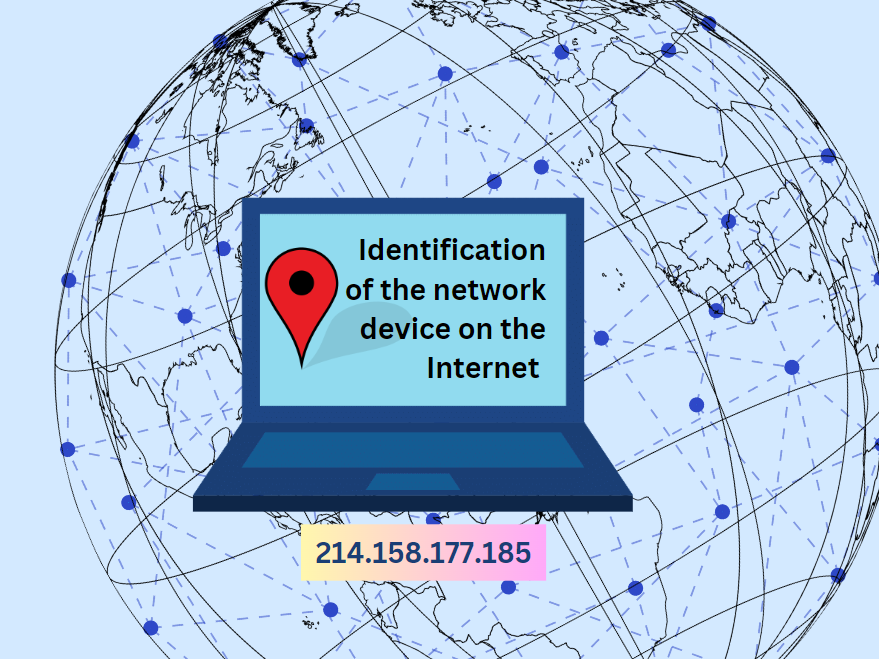
A. Unraveling the IPv4 Landscape
The Internet Protocol version 4 (IPv4) serves as the cornerstone of addressing in computer networks. Its 32-bit addressing system, presented in dotted-decimal format (e.g., 192.168.0.1), was once the go-to standard for identifying devices.
In IPv4, the loopback address is 127.0.0.1. This address always points back to the device, allowing it to communicate with itself. For example, if a program on a computer sends data to 127.0.0.1, it will be received by the same device.
a. IP Address Classes (IPv4)
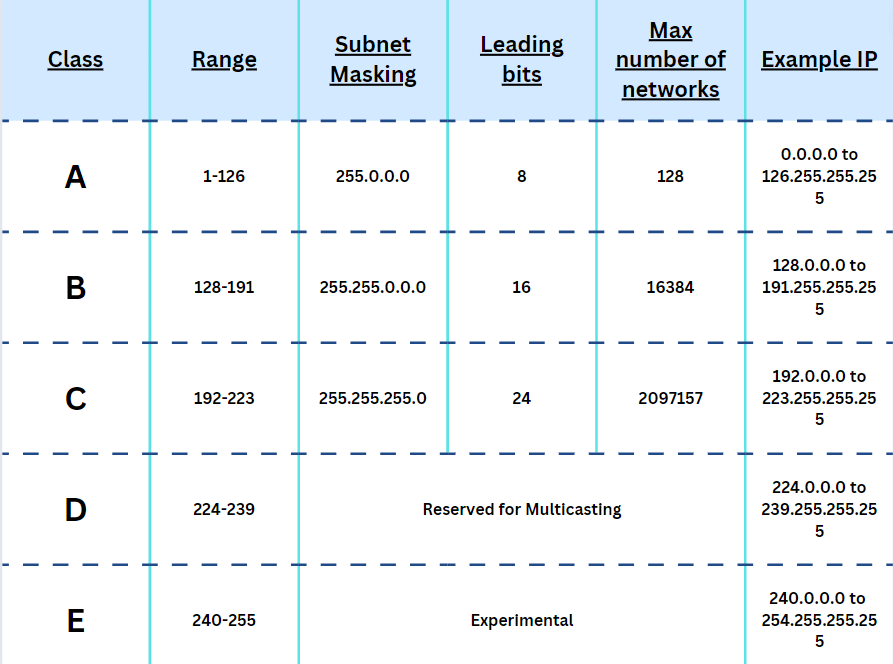
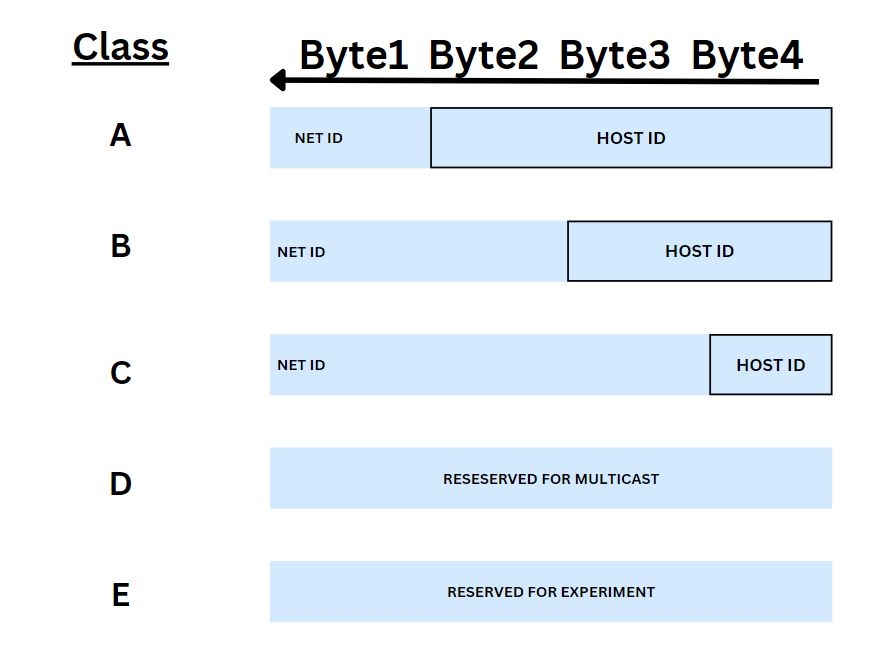
This rigorous class-based structure, however, resulted in inefficiencies in address allocation. Classless Inter-Domain Routing (CIDR) was introduced to allow for more flexible and efficient IP address distribution.
b. CIDR (Classless Inter-Domain Routing) Notation
CIDR revolutionized IP address allocation by allowing for variable-length subnet masking. Instead of being confined to specific classes, CIDR allows for the allocation of any number of bits for the network and host portions of an address.
For example, a CIDR notation like 192.168.0.0/24 means that the first 24 bits are reserved for the network, and the remaining 8 bits are available for hosts. This allows for finer-grained control over address allocation.
c. Private IP Addresses
Certain IP address ranges are designated for private networks, which means they cannot be routed across the public internet. These are primarily handled by routers and are utilized within local networks (e.g., home or business networks).
Class A Private Address Range:
10.0.0.0 to 10.255.255.255Class B Private Address Range:
172.16.0.0 to 172.31.255.255Class C Private Address Range:
192.168.0.0 to 192.168.255.255
B. The IPv6 Revolution
With the exponential growth of connected devices, IPv4's limitations became evident. This paved the way for IPv6, boasting a staggering 128-bit address length (e.g., 2001:0db8:85a3:0000:0000:8a2e:0370:7334). IPv6 promises a virtually inexhaustible supply of addresses, future-proofing the internet.
IPv6, short for Internet Protocol version 6, represents a significant evolution in networking technology. Unlike its predecessor, IPv4, which uses 32-bit addresses, IPv6 utilizes a staggering 128 bits, providing an exponentially larger pool of available addresses. These addresses, written in hexadecimal format, consist of 32 characters grouped into eight segments, separated by colons.
For example, 2001:db8::7a6e:680:9668 showcases this format.
To streamline these lengthy addresses, several techniques are employed. These include the removal of leading zeros and, notably, the replacement of consecutive sections of zeros with a double colon (::), though this should be used judiciously to maintain address clarity.
In IPv6, the loopback address is0000:0000:0000:0000:0000:0000:0000:0001/128. It can be simplified to ::1/128, which serves the same purpose as its IPv4 counterpart. It provides a way for a device to address itself within the IPv6 network stack.
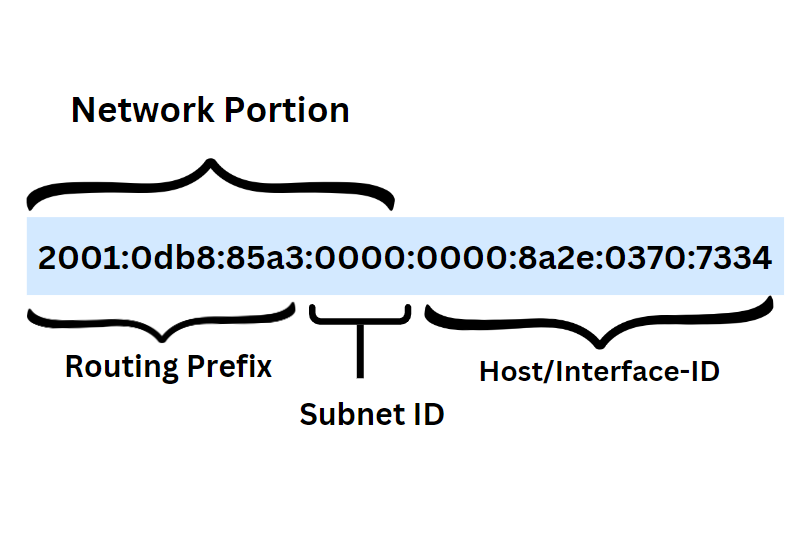
Network Portion:
- In an IPv6 address, the network portion refers to the section that identifies the network to which a device belongs. This part of the address is used by routers to determine the appropriate path for data packets to reach their destination.
Network Prefix:
- The network prefix is a part of the IPv6 address that specifically identifies the network and is used for routing. It signifies the bits that remain constant for all devices within a particular network.
Subnet ID:
- The subnet ID is a subdivision of the network prefix and represents a further segmentation of a network into smaller units, or subnets. It is used for local network management. Subnetting allows for the efficient use of available addresses and improves network security and performance.
Host ID:
- The host ID refers to the unique identifier assigned to a specific device within a subnet. It helps in distinguishing individual devices on the same network. This part of the address is used by switches and devices within the local network for communication.
II. Understanding IP Address Types
A. Public vs. Private IPs
Distinguishing between public and private IP addresses is essential. Public IPs, assigned by Internet Service Providers, enable devices to communicate globally. In contrast, private IPs are reserved for internal use within a local network.
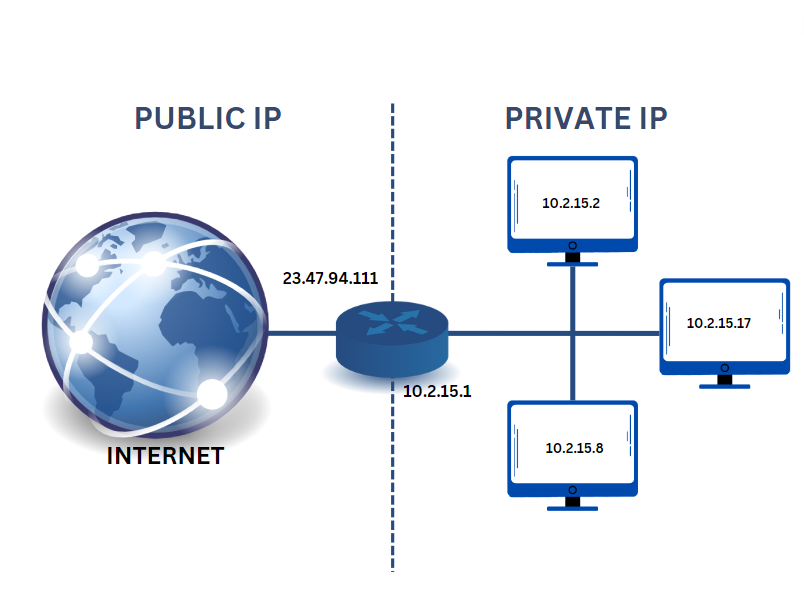
Let's use a virtual machine, to understand the difference between public and private IPs.
a. Private IP
For the Private VM, set up a Host-Only Network. This network will be isolated from the host machine and other networks.
In VirtualBox, go to
File > Host Network Managerand create a new host-only network.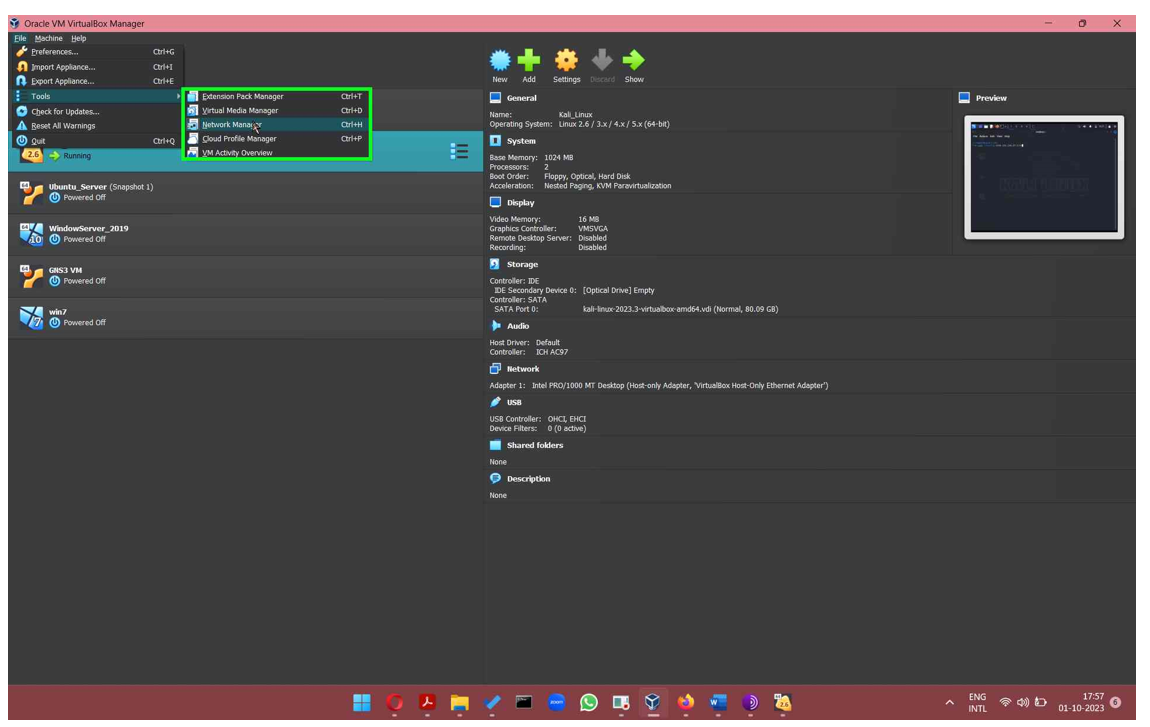
Assign a subnet, like
192.168.89.1/24.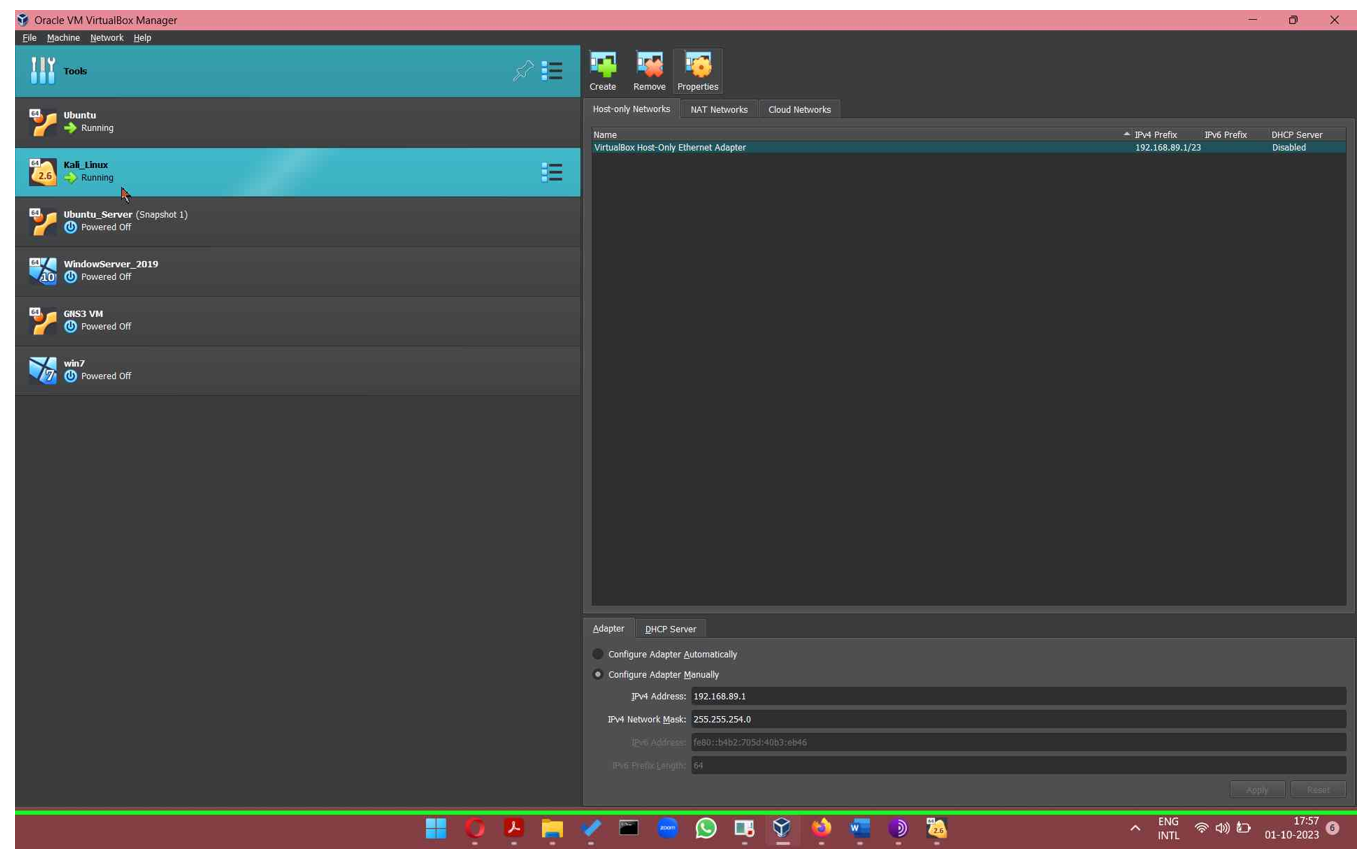
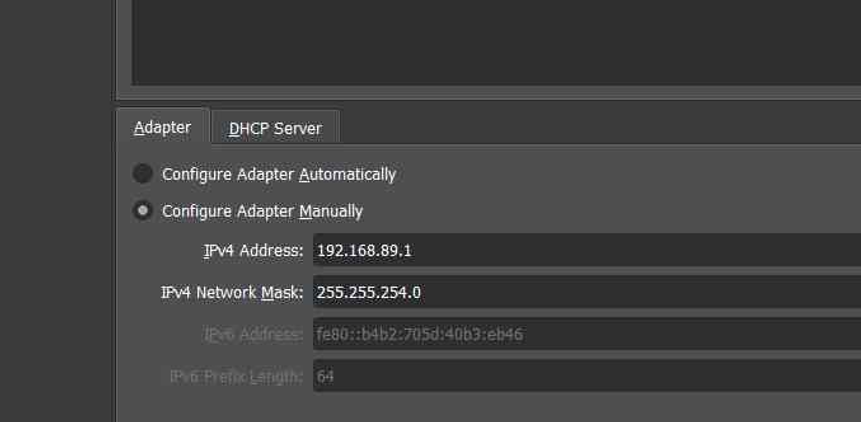
In the VM settings, under Network, select the Host-Only Network you just created.
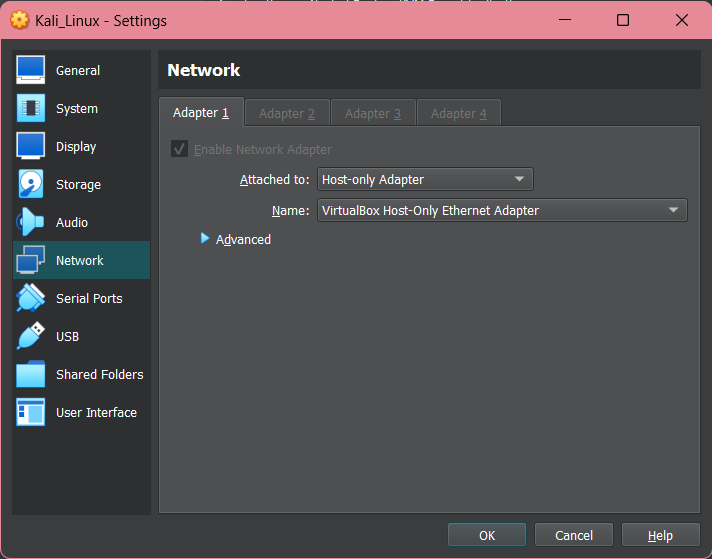
Assign a private IP address. Open the terminal (or command prompt) and type:
sudo ifconfig eth0 192.168.89.16 netmask 255.255.255.0
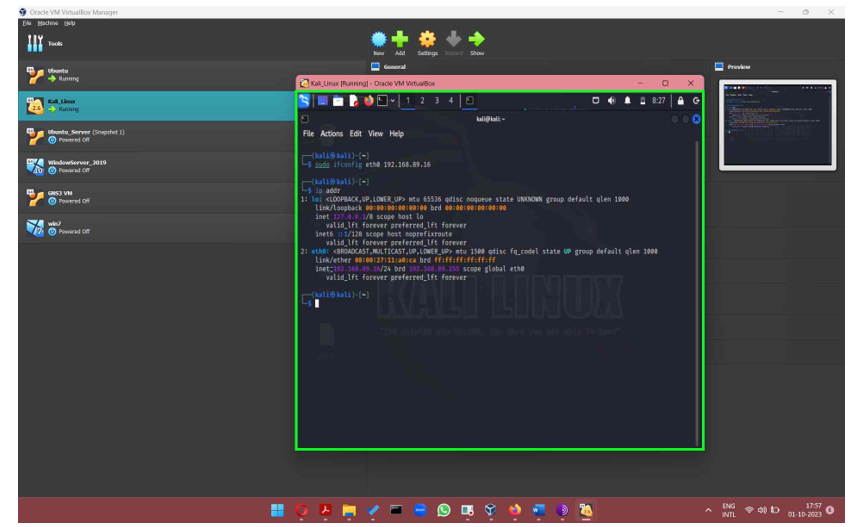
- To test the connectivity, try to ping a public IP (like
8.8.8.8which belongs to Google's DNS server):
Copy codeping 8.8.8.8
- This will fail because private IP addresses cannot directly communicate with the internet.
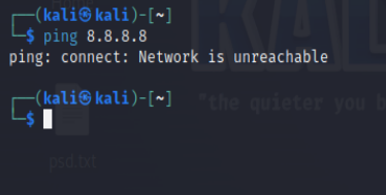
b. Public IP
For the Public VM, set up NAT (Network Address Translation). This allows the VM to access the internet through the host machine.
In the VM settings, under Network, select NAT.
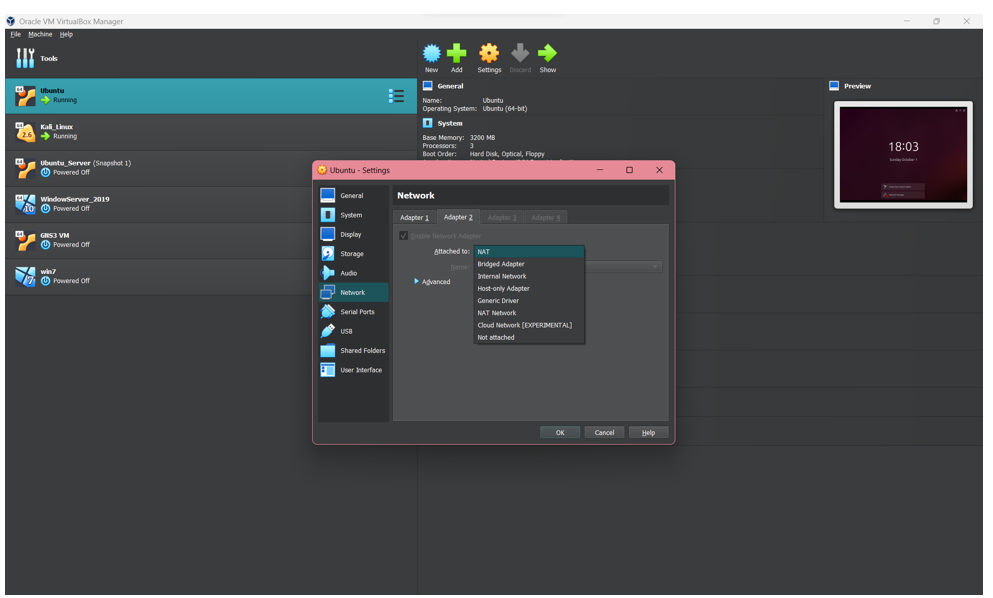
- Open the terminal (or command prompt) and type:
ip addr
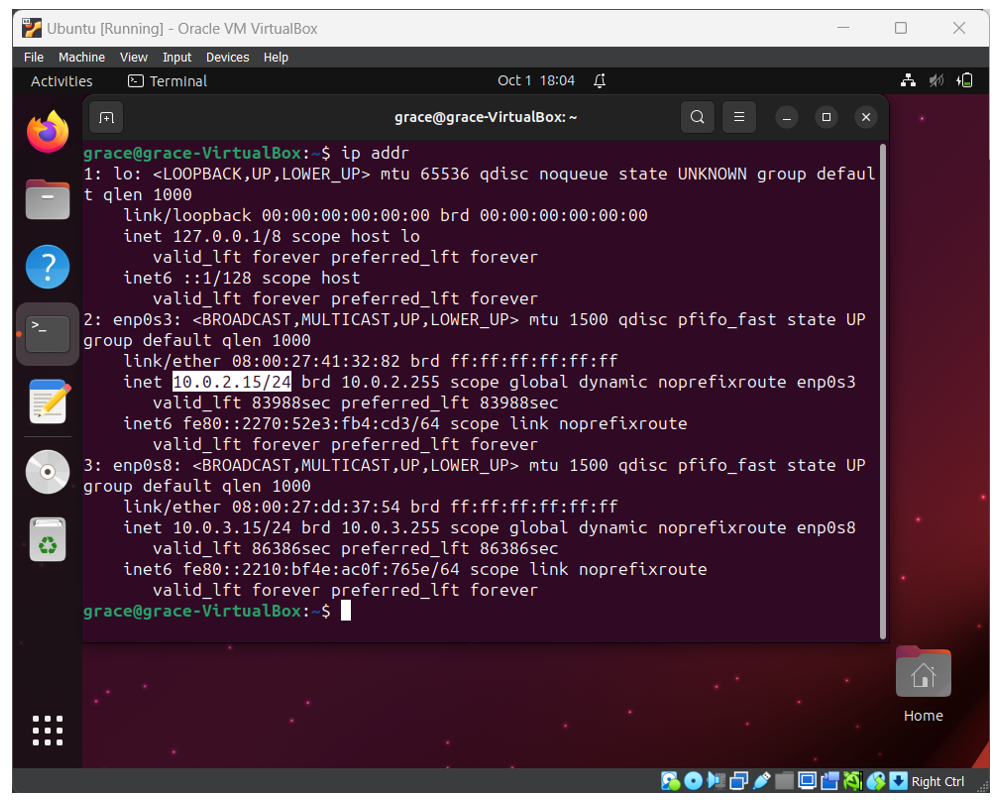
From the Public VM, try to ping a public website (like
www.google.com):ping www.google.com- This will work because the Public VM has access to the internet.
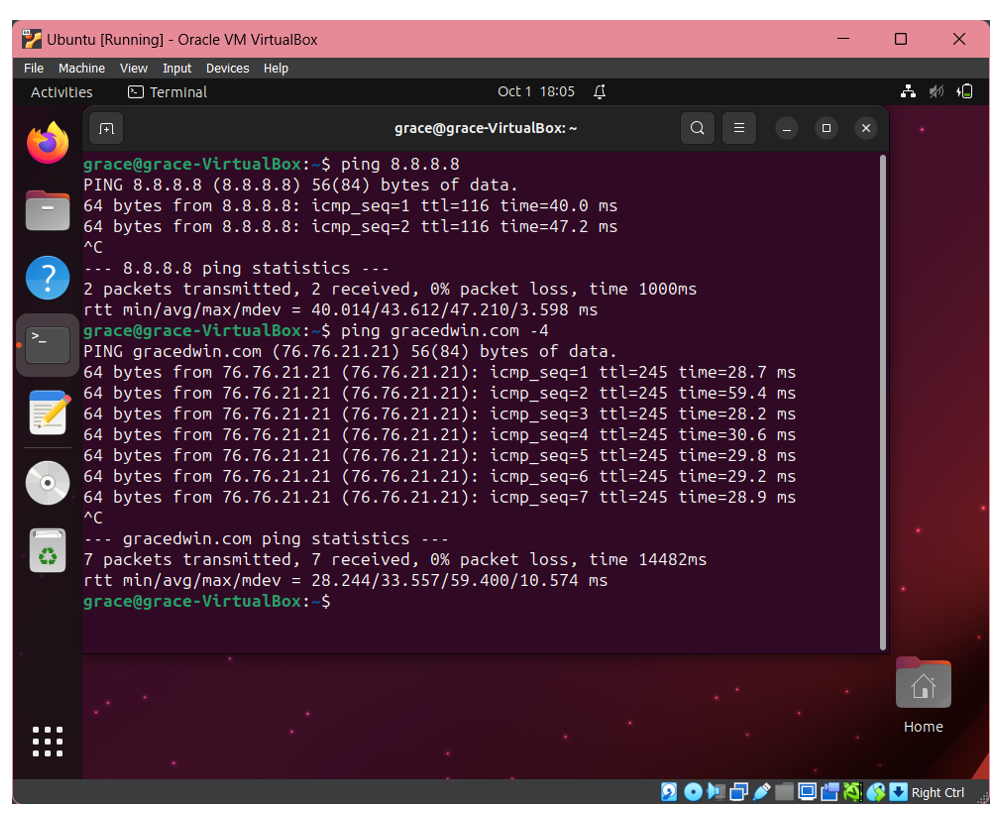
B. Dynamic vs. Static IPs
The dynamism of IP addresses plays a pivotal role. Dynamic IPs are assigned by DHCP servers and can change over time, while static IPs remain constant, typically reserved for servers and critical network devices.
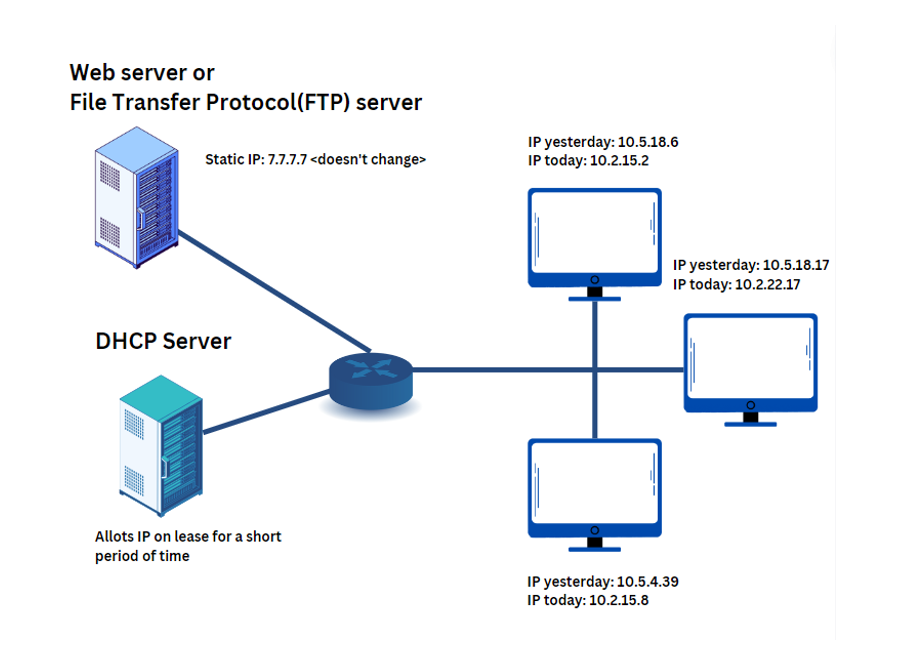
a. Dynamic IP
- Go back to the VM settings, and change the network adapter to "Bridged" mode. Bridged mode allows the VM to directly access the network, similar to a physical machine.
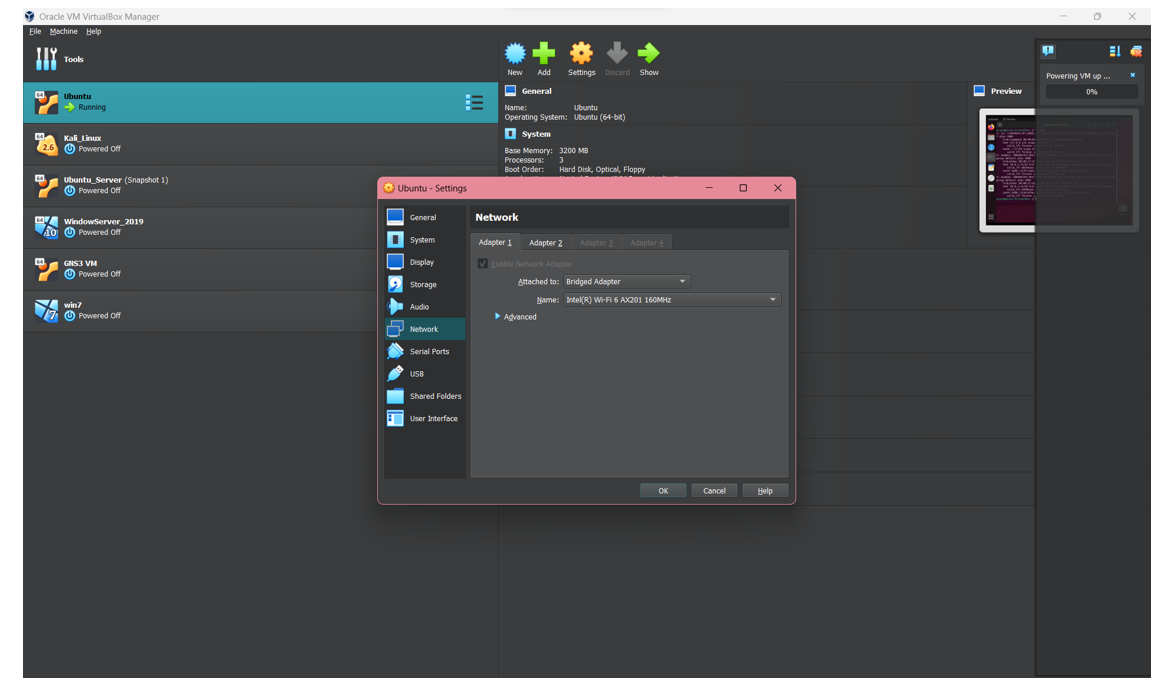
Start the VM.
After booting, open a terminal (for Linux):
ip addr
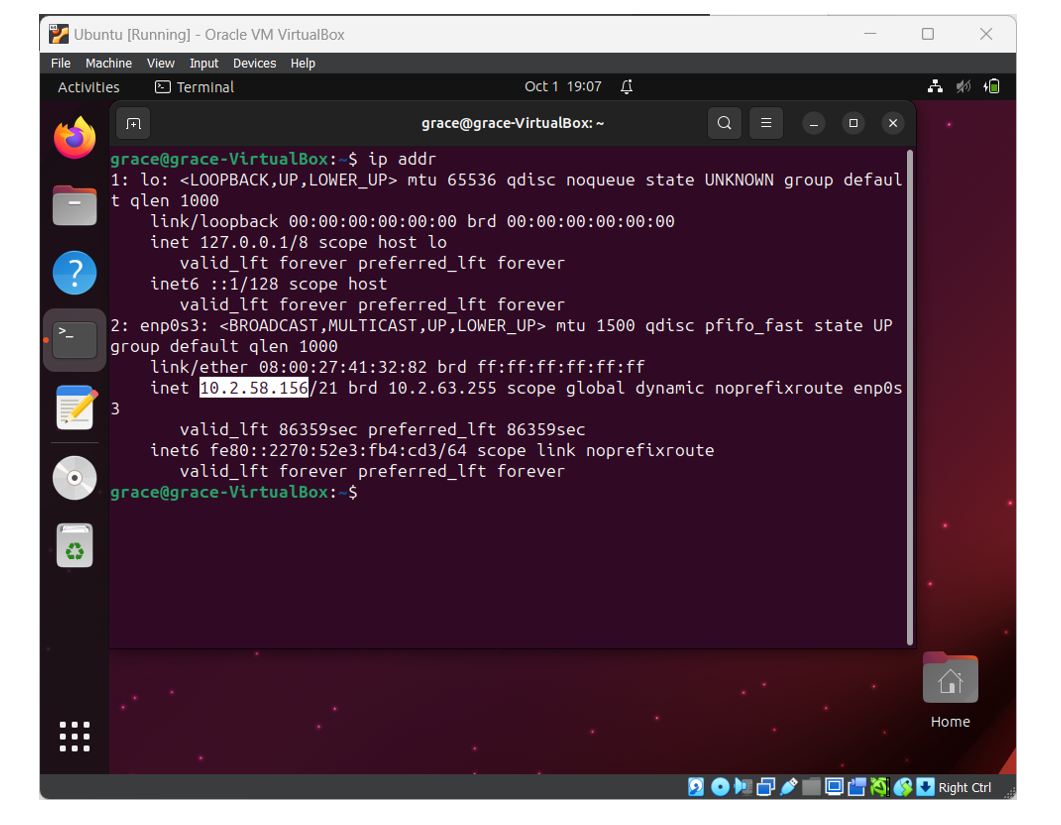
Note down the current dynamically assigned IP.
b. Static IP
Next, we will manually assign a static IP. In Linux, you can typically do this via a text file like
/etc/network/interfaces.For Linux, open the interfaces file:
sudo nano /etc/network/interfaces
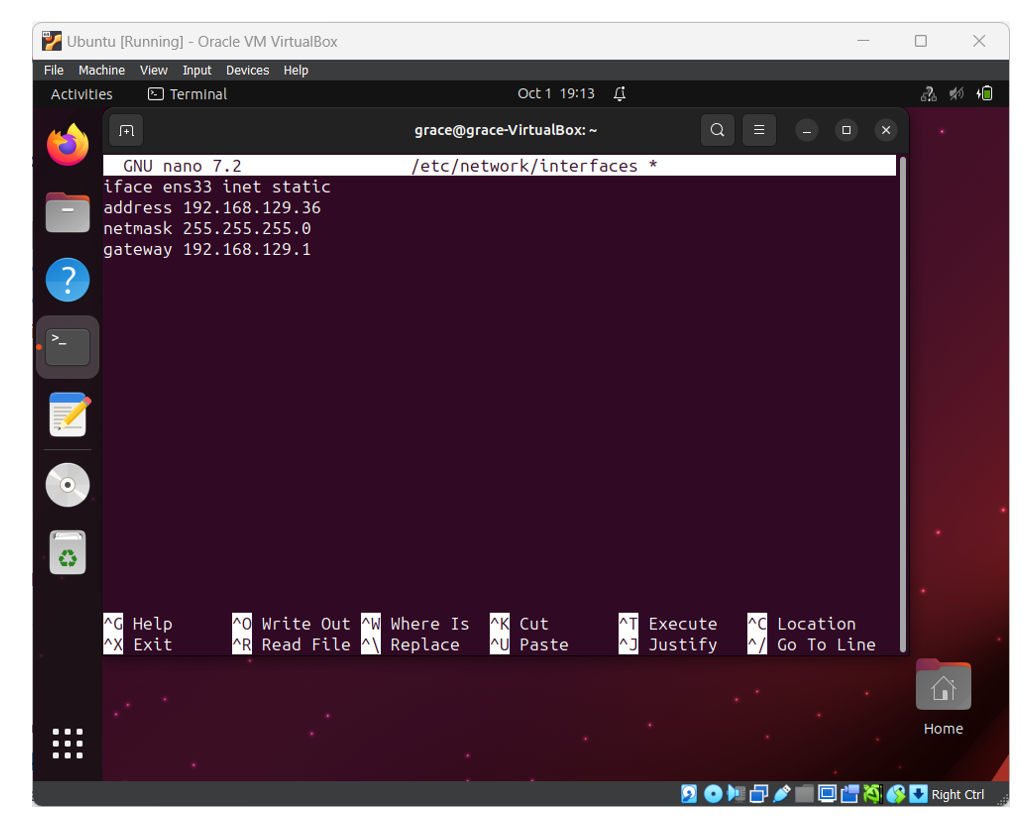
Add the following lines (replace xxx.xxx.xxx.xxx with an IP not used in your network):
iface ens33 inet static
address xxx.xxx.xxx.xxx
netmask 255.255.255.0
gateway xxx.xxx.xxx.1
Save the file and exit.
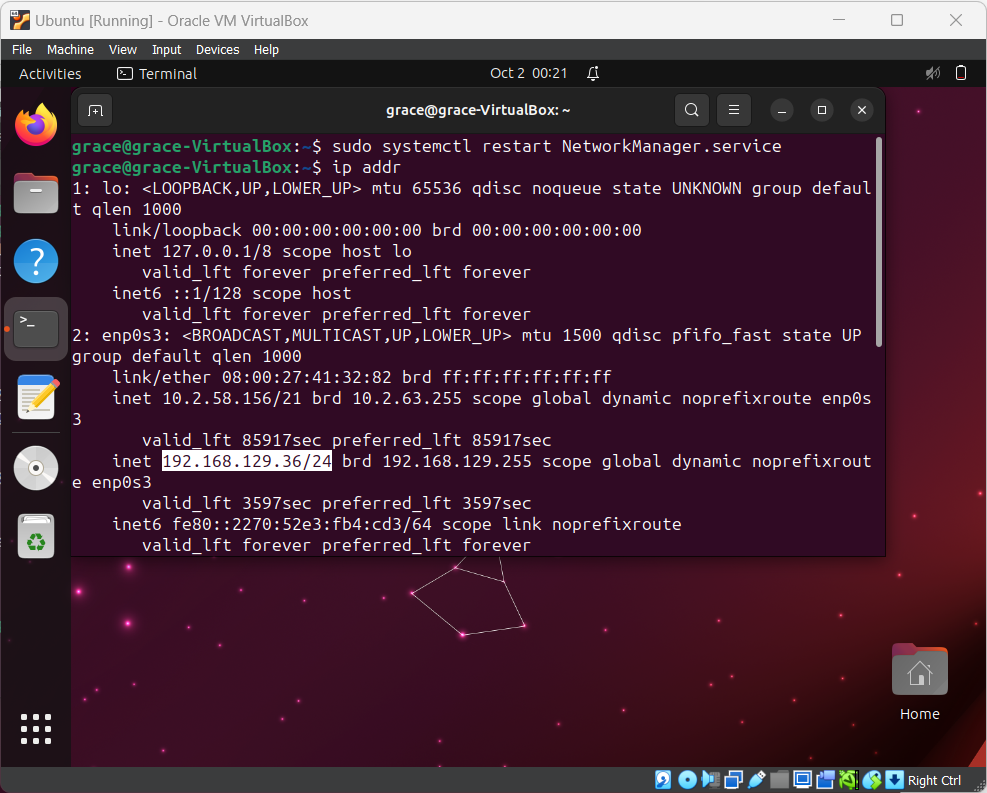
Conclusion
IP addresses serve as the internet's backbone, allowing devices to communicate with one another. Understanding the intricacies of IP addressing is critical for anyone working in networking or IT, from the early days of IPv4 to the introduction of CIDR and the transition to IPv6. We are now prepared for a future of even greater connectivity and innovation thanks to IPv6.
Reference
Subscribe to my newsletter
Read articles from Grace Edwin directly inside your inbox. Subscribe to the newsletter, and don't miss out.
Written by

Grace Edwin
Grace Edwin
Passionate about cybersecurity, blending coding skills for effective defense strategies.